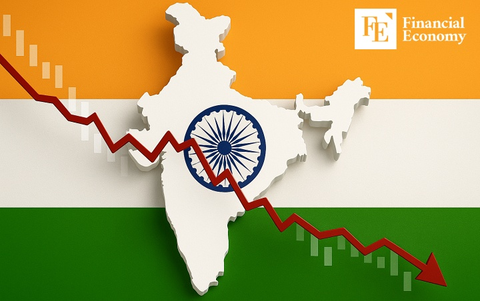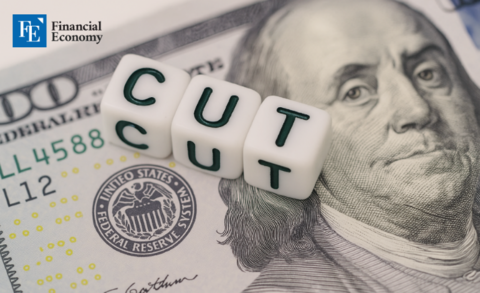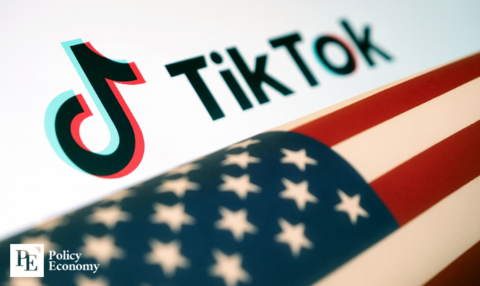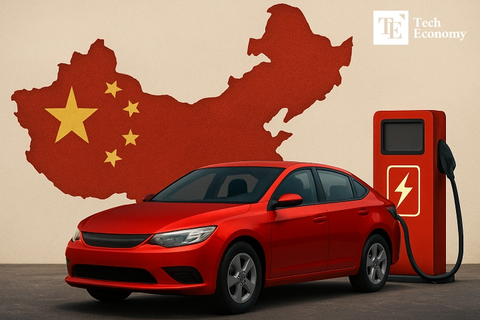"Just when it seemed the bad news was over" — Boeing caught in the crossfire of the U.S.-China trade war
Input
Modified
"Impact on 787's Global Supply Chain Becomes Visible" "Aircraft Returned Amid Chinese Retaliatory Tariffs" "Tariff War Shockwaves Add to Financial Strain"

After years of turbulence, Boeing appeared to be steering toward calmer skies. Its first-quarter earnings showed early signs of recovery, sparking hopes that the worst might finally be behind the aviation giant. Yet just as Boeing began to regain altitude, a fresh and formidable headwind emerged: the Trump administration’s aggressive tariff policies. With its deep reliance on exports—particularly to China—Boeing now finds itself dangerously exposed to the shifting winds of the U.S.-China trade war. Observers warn that Boeing could become one of the trade conflict’s most high-profile casualties.
Boeing Signals Recovery with Improved Earnings, But Faces New Headwinds from U.S.-China Trade War
According to a Nikkei report on April 25, Boeing, which had grappled with production disruptions throughout 2024 due to quality control problems and a labor union strike, is finally showing signs of a turnaround under CEO Kelly Ortberg. In its first-quarter earnings, Boeing reported revenue of $19.4 billion (approximately 27.8 trillion KRW), an 18% increase compared to the same period last year — marking its first revenue growth in five quarters.
Despite recording a net loss of $31 million (around 44.2 billion KRW), the company sharply narrowed its deficit from the $355 million (about 510 billion KRW) loss reported during the same quarter a year ago. Boeing’s progress was further buoyed by strong aircraft deliveries: it delivered 130 commercial jets in the quarter, its highest recent quarterly total. Having resumed aircraft deliveries to China last summer after the suspension caused by accidents involving the MAX series, Boeing successfully delivered 18 jets to Chinese airlines. Each 737 MAX comes with a price tag exceeding $100 million.
Although the Federal Aviation Administration (FAA) currently caps 737 MAX production at 38 units per month, Boeing expects to hit that ceiling within months and plans to request approval to raise it to 42 units by the second half of 2025. Still, looming over these gains is a growing sense of unease about external threats beyond the company’s control.
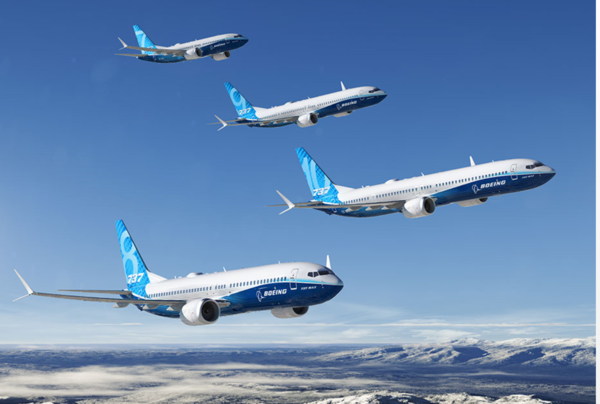
Tariff Risks Loom Over Global Supply Chain Division
Even as Boeing engineers its internal recovery, external forces threaten to undermine its progress. The Trump administration’s tariff policies pose a dual risk to the company: rising costs of imported parts and potential export blockades from key markets like China. Both risks are already materializing. The Chinese government has reportedly ordered domestic airlines not to place new Boeing orders and to seek official approval before accepting previously ordered aircraft. In some cases, completed aircraft have even been sent back to the United States, effectively shutting Boeing out of one of its most critical export markets. Research firm Bernstein estimates that if China halts Boeing purchases for the rest of the year, Boeing could suffer losses of up to $1.2 billion (around 1.72 trillion KRW).
Meanwhile, the costs of building aircraft are climbing. Boeing’s flagship 787 model relies on about 2.3 million parts, roughly 30% of which are imported. Factoring in secondary and tertiary suppliers, the global scale of Boeing’s supply chain is even larger. Yet this intricate network is now under strain. President Trump’s decision to impose a 25% tariff on steel and aluminum last month, followed by a 10% universal tariff on April 5, has already begun to ripple through the industry. Though reciprocal tariffs targeting 57 countries have been deferred for 90 days, Boeing remains concerned about the broader contraction of the global aircraft parts sector — an industry valued at $685.36 billion (around 986 trillion KRW) last year according to Global Insight.
Mounting Financial Strain Amid China Uncertainty
Compounding these external risks is Boeing’s own fragile financial position. Despite its operational recovery, the company remains financially strained. In the first quarter, Boeing recorded a negative free cash flow of $2.2 billion (approximately 3.16 trillion KRW). Its liquidity reserves also shrank, falling from $26.3 billion (about 37.6 trillion KRW) at the end of 2024 to $23.7 billion (around 33.9 trillion KRW). To bolster its finances, Boeing raised over $20 billion through a new stock offering last quarter and announced on April 22 the sale of part of its software business to an investment fund for $10.55 billion (around 15 trillion KRW) — strategic moves aimed at maintaining its investment-grade credit rating.
Amid these financial pressures, China looms large as a critical variable in Boeing’s fate. Historically, Boeing has been treated as a symbolic bargaining chip in U.S.-China trade negotiations. During Trump’s first term, escalating tensions between the two nations caused a sharp decline in Boeing’s Chinese orders. Coupled with accidents involving the MAX series, Chinese authorities even suspended aircraft deliveries during 2018–2019. It was only after Chinese President Xi Jinping’s state visit to the U.S. in November 2023 that deliveries resumed in earnest starting in 2024.
Although some analysts argue that Boeing could boost production without heavy reliance on China, the Chinese market remains indispensable. Boeing projects that China will account for 20% of global aircraft demand through 2042. With only a handful of major players — such as France’s Airbus and China’s COMAC — competing in the aviation sector, being locked out of China would force Boeing to overhaul its long-term strategic plans.
The dual threats of rising procurement costs and Chinese retaliation pose a serious risk to Boeing’s international supply chain model, especially for aircraft like the 787, where 35% of components come from Japan and 70% are sourced externally. Strengthening financial health and crafting flexible strategies to adapt to a volatile U.S.-China trade environment will be critical if Boeing hopes to complete its journey toward recovery.



